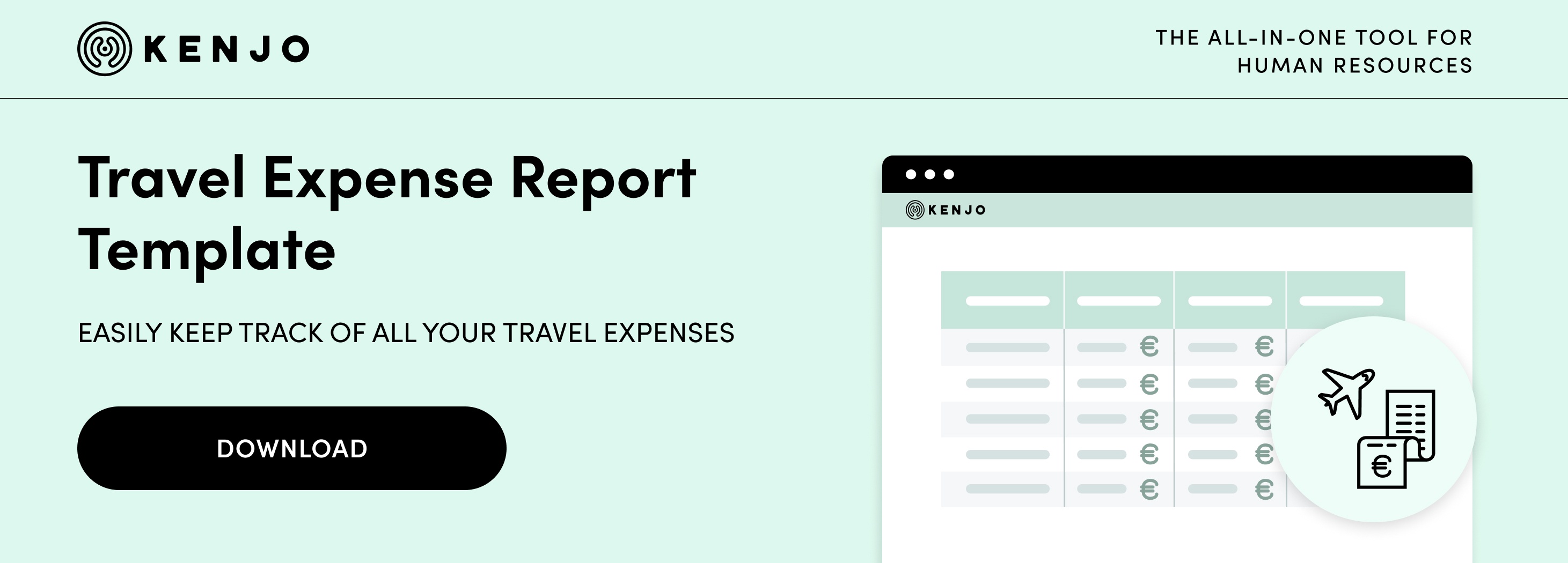Commission is a useful tool for motivating employees who play a direct role in selling a company’s products or services. If your company sets high targets, there’s nothing like offering employees a share of the profit from every sale to motivate them.
But how exactly do you pay commission to employees? Let’s look into the different models you can choose from and how to create a commission plan for your organisation.
Definition and objective of commission
The Cambridge Dictionary defines commission as “a payment to someone who sells goods that is directly related to the amount sold, or a system that uses such payments.”
Commission is also often described as a complement to a base salary and varies according to the profits obtained. They generally correspond to the percentage of sales negotiated when a contract is signed or at any other time during the working relationship. The more employees sell, the higher their commission will be.
This type of salary complement usually has a significant impact on the final salary of sales or senior management professionals, whose salaries are often determined by at least some variable factors.
The main objective of commission is to create more flexible remuneration policies and increase employees’ commitment. In theory, it’s an extraordinary benefit that a company uses to reward an employee’s achievements. This way, a salesperson will work harder every day if their income depends on it.

Types of commission
Paying commission to salespeople is a resource that’s been used for many years, with varying base salaries and structures that have given rise to different models. We explain some of the most common types of commission below:
Linear commission
With this model, the company pays a fixed amount of commission when the employee achieves a predetermined sales goal.
For example, the employee earns a fixed salary of €30,000 a year plus an additional 5% of their salary (or €1,500), if they reach their sales target of €500,00 in twelve months.
If they hit 90% of this target, then they will receive 90% of their commission, and so on.
Gross margin commission
Sales commission plans like this are usually negotiated by applying a percentage of the net profit obtained from the sales. In other words, if the salesperson manages to sell a product for more than the recommended sale price, they’ll earn more commission.
Let’s look at an example: if a product has a minimum price of €200 and the salesperson manages to sell it for €250, they would gain a commission of 2.5%.
Placement fee
With this option, the employee earns a fixed amount of commission for each sale they make. The company should ensure it calculates the amount of commission carefully so that it maintains a sufficient profit margin to cover all its costs.
Tiered commission
As the name suggests, the company creates a scale where the amount of commission earned depends on the volume of sales. It would, therefore, create different ranges.
For example, they could award 2% for sales between 0 and €10,000; 4% for a sales volume between €10,001 and €20,000, and so on. The commission increases the more the employee sells.
Territory volume commission
In this commission structure, salespeople work with clients within specific regional boundaries. They earn a commission on the total sales in that region as well as those they closed individually.
This structure is frequently used by organisations who want to strengthen a particular area of service.
Straight-line commission
Another type of sales commission you may come across is linked to objectives. The salesperson has a set target, and the percentage they receive depends on how much of the quota they sell. If they sell less than the quota, they receive less commission. If they hit their target, they will receive more commission.
For example: If they reach 90% of their quota they'll receive 90% of their commission. If they exceed their quota and sell 110% of their target, the company will pay them 110% of their commission.

7 steps for implementing your sales commission plan
So, you’ve decided to go ahead and create a commission plan for your sales team? There are a series of steps you should follow to ensure you get the math right, that your team is motivated and the company receives the results it wants.
1. Decide on the type of compensation
There are different types of commissions that form a percentage of the fixed salary. So, the first step in negotiating a commission plan with an employee or your workforce is to determine how much the base salary will be and the amount that will be variable.
One example could be 75% of the base salary and up to 25% commission.
What factors influence this distribution? It's important to evaluate the professional's role in the company and their influence on sales. If they are directly responsible for sales, then it seems logical to compensate them with a generous commission. If, on the other hand, the product "sells itself", offering a higher base salary would be a better idea.
Nevertheless, it’s crucial to get it right. According to HubSpot, 89% of top-performing sales reps who leave their jobs say it's due to insufficient compensation.
2. Specify a date for paying the commission
The next step is to decide when to pay the commission. It's crucial to consult the finance department to see which date best suits the company’s cash flow.
You can pay commission to your salesforce on the same day as they receive their basic salary or on another date during the month. And while you can decide on what’s best for your business, it’s always better to pay monthly and as soon after the sale as possible. Employees could otherwise become demotivated.
3. Calculate monthly sales
One thing you need to know before you can set sales objectives is the company’s average monthly sales.
How do we calculate this? Add up the total number of sales closed during the past year and divide by 12 to find out the monthly average.
4. Calculate sales by employee
We also need to calculate another key metric: average sales per employee.
The formula is simple: divide the company’s average monthly sales by the number of employees.

5. Set your sales objectives
We must set sales objectives using criteria that makes them coherent, attainable and ensures that they make a real impact on the business. The guidelines used in SMART objectives are really useful in cases like this. According to SMART criteria, any goal we set should be:
- Specific
- Measurable
- Attainable
- Relevant
- Timely
All these criteria are important, but objectives must be attainable if you want your employees to stay motivated. A good rule of thumb, at least in the beginning, is to set them slightly higher than the average monthly sales per employee.
It’s also important to spend time analysing the different markets (if they are more or less mature), the territory or any other factor that could influence sales.

6. Decide on commissions
Once the company has gathered this information, it can make decisions about the type and value of commissions.
There are different models, as we’ve already seen. The company needs to choose the system that best suits its needs.
As a starting point, a straightforward method is to establish a fixed percentage of the employee's base salary if they hit a specific target.
For example, 5% if they sell a total of €7,000 or more.
It boils down to finding the formula that works for the company, while also motivating the employee.
7. Get it right first time
There's no room for error with commission plans. When a company implements this type of plan, it's making a commitment to its employees. Changing dynamics can affect the workforce's morale and motivation, and they may cause them to doubt what their objectives are. So, make sure you've got the math right before communicating these new conditions internally.
.jpeg)




